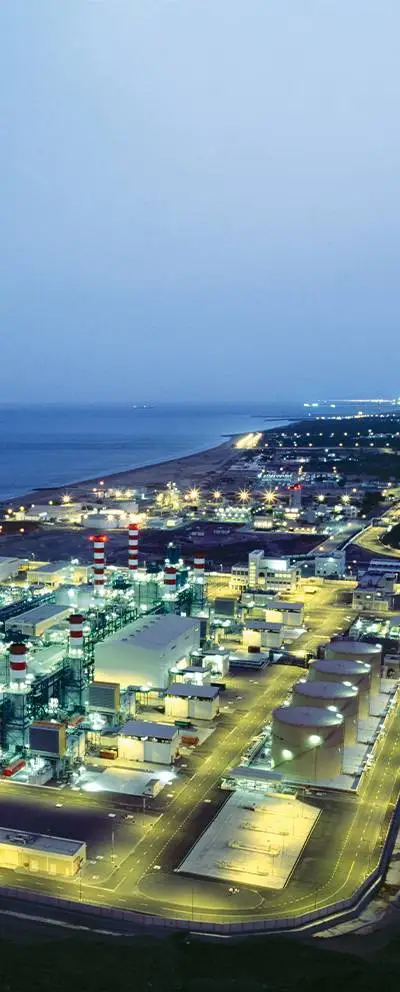Everything you Need to Know About Fish Feed Making Machine
Introduction to Fish Feed Making Machines
Fish feed making machines play a crucial role in the aquaculture industry by producing high-quality feed for fish farms. These machines are specifically designed to process various ingredients into nutritious pellets or flakes tailored to the dietary needs of different fish species.
These machines typically consist of a series of components such as a grinder, mixer, extruder, dryer, and cooler. The grinder is responsible for reducing raw ingredients like grains, fish meal, and vitamins into smaller particles, ensuring uniformity in the feed mixture. The mixer then blends these ingredients together, ensuring proper distribution of nutrients throughout the feed. The extruder forms the mixture into the desired shape, while the dryer removes moisture to enhance shelf life. Finally, the cooler cools the pellets or flakes before packaging.
Fish feed making machines come in various sizes and capacities, ranging from small-scale units suitable for local fish farms to large industrial systems capable of producing tons of feed per hour. These machines can be operated manually or automated, depending on the scale of production and the level of technology required.
In recent years, advancements in fish feed making machine technology have led to improved efficiency, higher output, and better control over feed quality. Manufacturers are constantly innovating to meet the growing demand for sustainable aquafeed solutions while minimizing environmental impact.
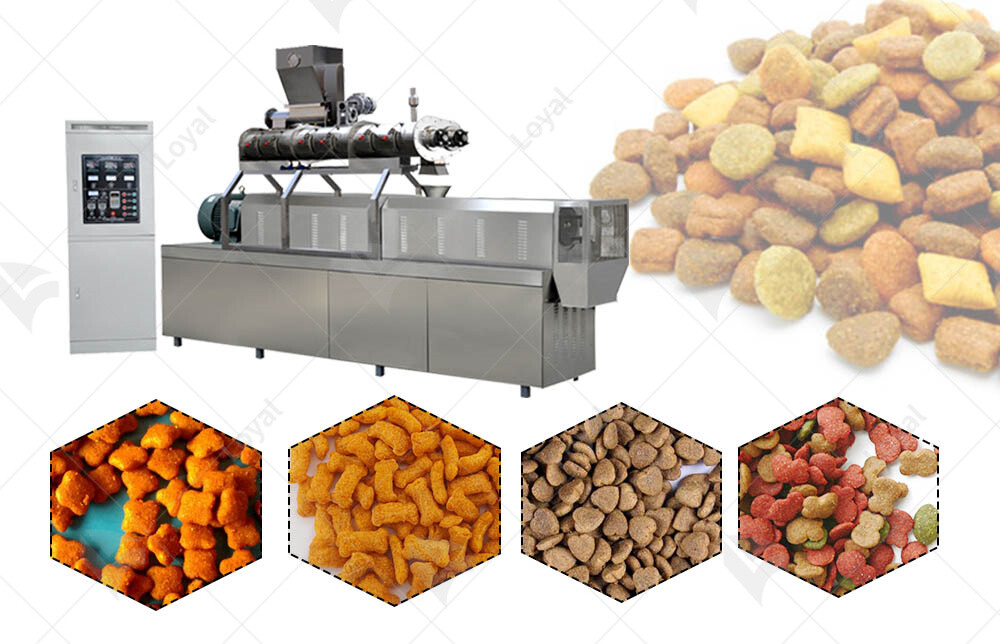
Understanding the Importance of Fish Feed Quality
The quality of fish feed is paramount to the health, growth, and productivity of fish in aquaculture operations. Proper nutrition is essential for fish to thrive and reach their full potential, making high-quality feed a cornerstone of successful fish farming.
Fish feed must provide a balanced diet that meets the nutritional requirements of the target species at different stages of growth. Essential nutrients such as protein, lipids, carbohydrates, vitamins, and minerals must be present in the right proportions to support healthy development, immune function, and reproductive performance.
Poor-quality feed can lead to various problems such as stunted growth, reduced immunity, increased susceptibility to diseases, and inferior product quality. Suboptimal nutrition not only affects the welfare of the fish but also undermines the profitability and sustainability of aquaculture operations.
Furthermore, the environmental impact of fish farming is closely linked to feed quality. Wastewater pollution, nutrient runoff, and excess feed waste can result from improper feeding practices or low-quality feed formulations. Sustainable aquafeed production practices, including the use of high-quality ingredients and efficient feed conversion ratios, are essential for minimizing environmental footprint and ensuring long-term viability.
Prioritizing fish feed quality is essential for maximizing the performance, profitability, and sustainability of aquaculture operations. Investing in modern fish feed making machines equipped with advanced technology can help ensure consistent production of high-quality feed tailored to the nutritional needs of fish species, ultimately contributing to the success of the aquaculture industry.

Types of Fish Feed Making Machines Available
Fish feed making machines come in various types to cater to different production needs and scales. One prominent manufacturer in this industry is LOYAL, which offers a range of machines designed for efficiency and quality.
LOYAL's fish feed making machines encompass diverse models tailored for specific production capacities and requirements. These machines are engineered to deliver consistent and high-quality fish feed pellets, meeting the nutritional needs of various aquatic species.
One common type of fish feed making machine is the extruder. Extruders utilize high pressure and temperature to process raw ingredients into uniform pellets. They are efficient in producing floating or sinking pellets with precise control over pellet size and density. Extruders are suitable for large-scale production due to their high capacity and automation capabilities.
Another type is the pellet mill, which operates by compressing raw materials through die holes to form pellets. Pellet mills are versatile and can produce a wide range of pellet sizes and shapes. They are commonly used in smaller-scale operations or for producing specialized feeds with specific ingredient compositions.
Furthermore, there are specialized fish feed making machines designed for specific purposes, such as mixing, grinding, or coating. These machines complement the main production process by preparing ingredients or adding supplements to enhance the nutritional value of the feed.

Factors to Consider When Choosing a Fish Feed Making Machine
When selecting a fish feed making machine, several factors need careful consideration to ensure optimal performance and efficiency. Let's compare the offerings of LOYAL and FEN, another notable manufacturer, to understand the key considerations.
Aspect | LOYAL Fish Feed Making Machine | FEN Fish Feed Making Machine |
Production Capacity | Offers a wide range of capacities to suit different production scales. | Limited range of capacities available. |
Quality and Durability | Known for sturdy construction and reliable performance, ensuring long-term use. | Generally durable but may lack the robustness of LOYAL machines. |
Customization Options | Provides customizable features to meet specific production needs and preferences. | Limited customization options compared to LOYAL. |
After-Sales Support | Offers comprehensive after-sales support, including maintenance services and technical assistance. | After-sales support may vary and might not be as extensive as LOYAL's offerings. |
In conclusion, when choosing a fish feed making machine, factors such as production capacity, quality, customization options, and after-sales support play crucial roles. While both LOYAL and FEN offer viable options, LOYAL stands out for its diverse range of capacities, superior quality, extensive customization, and reliable after-sales support.
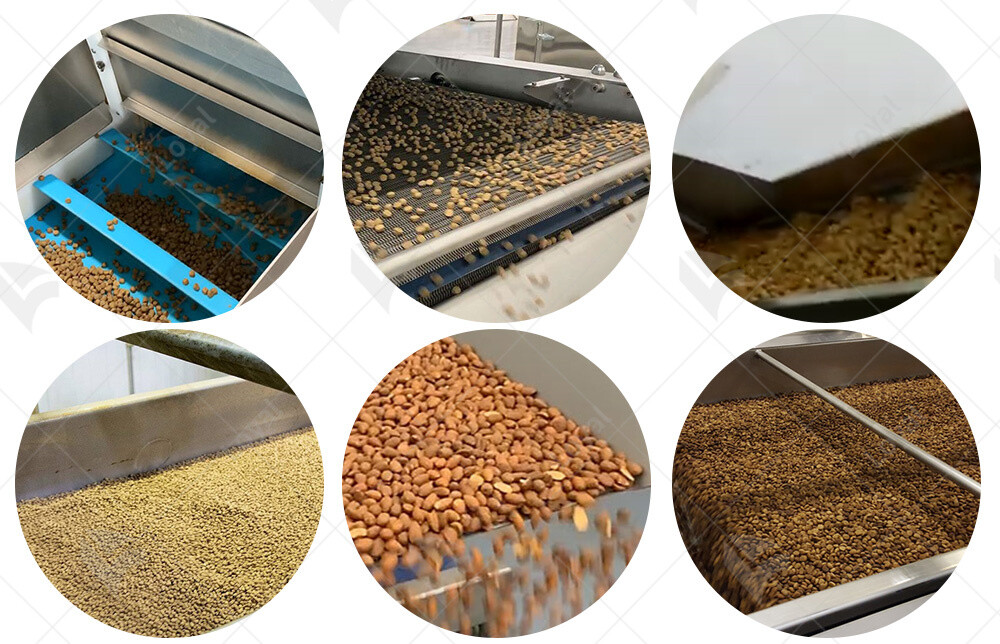
Key Components of a Fish Feed Making Machine
A fish feed making machine comprises several essential components, each playing a crucial role in the feed production process.The first key component is the feeder, responsible for accurately delivering raw materials into the machine. It ensures a consistent flow of ingredients, which is essential for producing uniform feed pellets.
Next, we have the grinding chamber or hammer mill, which is crucial for processing raw materials into the desired particle size. This component reduces the size of ingredients through mechanical force, making them suitable for further processing.Following the grinding process, the mixing chamber comes into play. This component blends different ingredients together to create a homogenous mixture. Proper mixing ensures that each pellet contains the necessary nutrients in the correct proportions.
Once the ingredients are mixed, they move into the pelletizing chamber. Here, the mixture is compressed and extruded through a die to form pellets of the desired size and shape. The pelletizing chamber's design and pressure settings influence the characteristics of the final product, such as pellet density and durability.Finally, we have the control system, which regulates various parameters throughout the production process. This system monitors factors like temperature, moisture levels, and pellet density to ensure consistent product quality and operational efficiency.
Each of these components plays a vital role in the functioning of a fish feed making machine, working together to produce high-quality feed pellets for aquatic species.

Maintenance and Cleaning Tips for Fish Feed Making Machines
1. Regular Inspection: Perform routine inspections to identify any signs of wear or damage to components such as belts, bearings, and screens. Addressing issues promptly can prevent further damage and downtime.
2. Lubrication: Keep moving parts well-lubricated to reduce friction and prevent premature wear. Use lubricants recommended by the manufacturer and follow their guidelines for application frequency and quantity.
3. Cleaning: Clean the machine thoroughly after each use to remove leftover feed residues, dust, and debris. Pay special attention to areas prone to buildup, such as the grinding and mixing chambers, to prevent contamination and maintain product quality.
4. Calibration: Periodically calibrate the machine's settings and sensors to ensure accurate operation. This includes adjusting parameters such as feed rate, pellet size, and moisture content according to production requirements.
5. Training: Provide training to operators on proper machine operation, maintenance procedures, and safety protocols. Well-trained staff are more likely to identify issues early and perform maintenance tasks correctly, minimizing the risk of accidents and equipment damage.
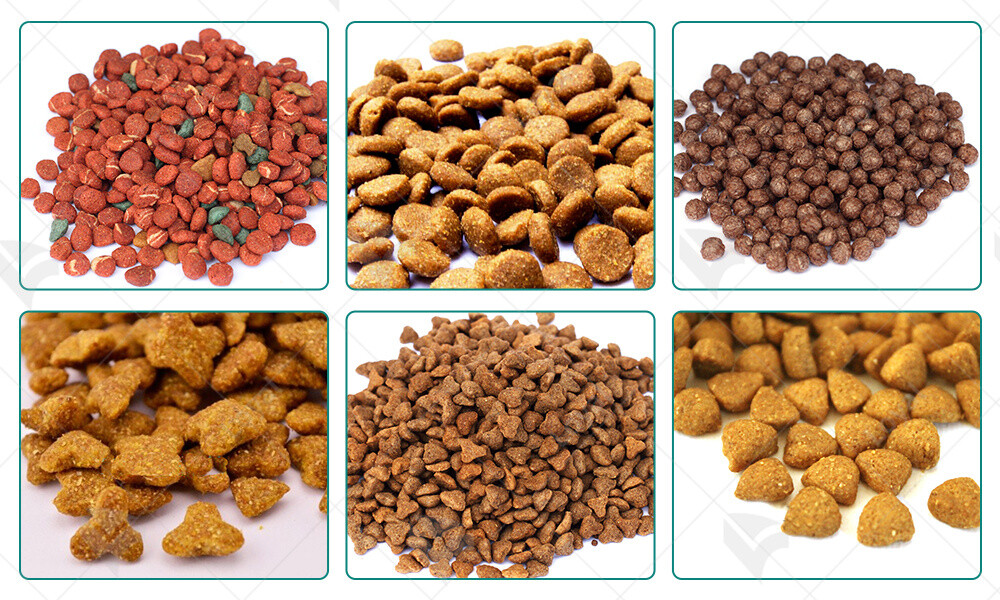
Comparing Manual vs. Automated Fish Feed Making Machines
The choice between manual and automated fish feed making machines depends on various factors such as production scale, labor availability, and budget constraints.Manual machines require more labor and supervision as operators need to manually input ingredients, adjust settings, and monitor the production process. While manual machines may be suitable for small-scale operations or research purposes, they are less efficient and have lower production capacities compared to automated machines.
In contrast, automated machines offer higher efficiency and productivity by streamlining the production process and reducing the need for manual intervention. They feature advanced control systems that regulate parameters such as ingredient proportioning, mixing, pelletizing, and packaging automatically, minimizing human error and ensuring consistent product quality.Furthermore, automated machines often come with additional features such as remote monitoring, data logging, and predictive maintenance capabilities, enhancing operational efficiency and reliability.
While automated machines generally require a higher initial investment, they offer long-term cost savings through increased production capacity, reduced labor costs, and improved product consistency. However, manual machines may still be preferable for niche applications or small-scale operations with limited budgets and production requirements.Ultimately, the decision between manual and automated fish feed making machines should consider factors such as production volume, labor availability, budget, and the level of automation required to meet operational needs efficiently.
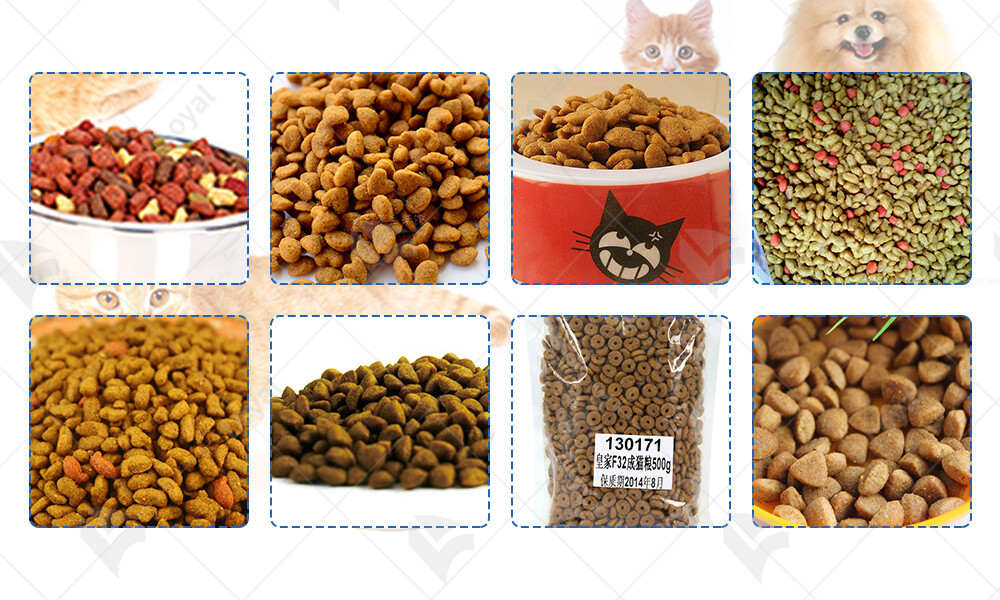
Cost Analysis: Investing in a Fish Feed Making Machine
Investing in a fish feed making machine requires a comprehensive cost analysis to assess the financial implications and potential returns. The initial cost of acquiring a fish feed making machine is a significant consideration, encompassing the purchase price, installation expenses, and any additional setup costs.
Additionally, ongoing operational costs such as raw material procurement, energy consumption, maintenance, and labor expenses must be factored into the cost analysis. Efficient utilization of resources and optimization of production processes can help minimize operational expenses and improve cost-effectiveness.
It is essential to evaluate the potential returns on investment (ROI) associated with the fish feed making machine. Factors such as production capacity, market demand for fish feed, pricing strategy, and competition influence the revenue generation potential of the investment. Conducting a thorough market analysis and financial projection can provide valuable insights into the expected ROI and profitability of the investment.
In conclusion, investing in a fish feed making machine requires careful consideration of both the initial investment costs and ongoing operational expenses, balanced against the potential revenue generation and returns on investment. A comprehensive cost analysis is essential to make informed investment decisions and ensure the long-term viability and profitability of the venture.
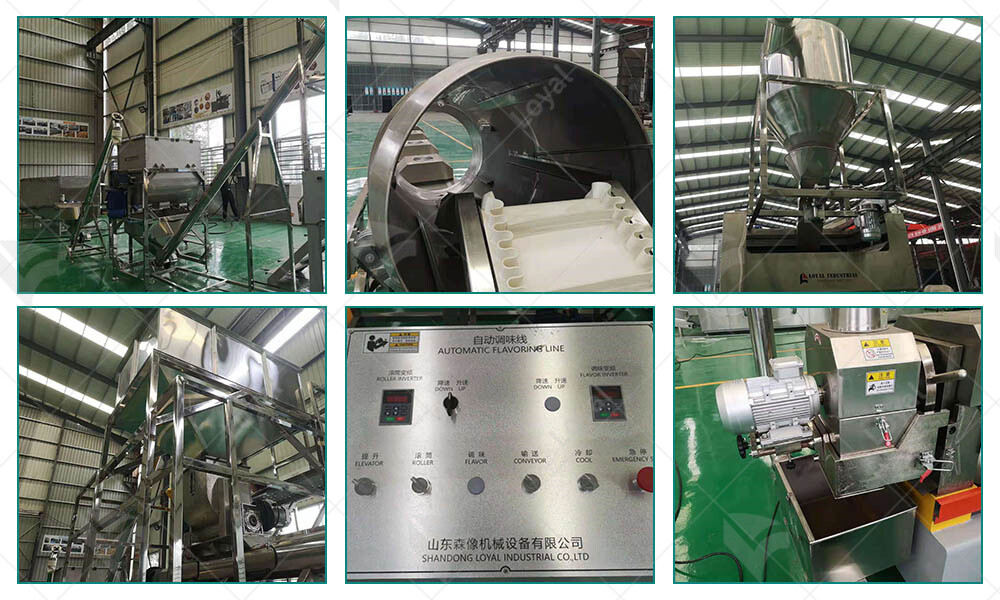
Innovations in Fish Feed Making Machine Technology
In recent years, significant advancements have been made in fish feed making machine technology, driven by the need for increased efficiency, productivity, and sustainability in aquaculture operations. One notable innovation is the integration of automation and digitalization technologies into fish feed making machines.
Automated systems enable precise control and optimization of the production process, resulting in consistent feed quality and reduced operational errors. Digital monitoring and control systems allow real-time monitoring of key parameters such as temperature, moisture content, and pellet size, facilitating timely adjustments and optimization of production parameters.
There has been a growing emphasis on sustainability in fish feed production, leading to the development of eco-friendly and resource-efficient feed making machines. Innovations such as energy-efficient designs, waste reduction technologies, and utilization of alternative ingredients contribute to reducing the environmental footprint of fish feed production while maintaining product quality and nutritional value.
Advancements in materials science and engineering have led to the development of more durable and corrosion-resistant components for fish feed making machines, improving reliability and longevity.
Overall, innovations in fish feed making machine technology continue to drive improvements in efficiency, sustainability, and product quality, helping aquaculture businesses meet the growing demand for high-quality and environmentally responsible fish feed products.
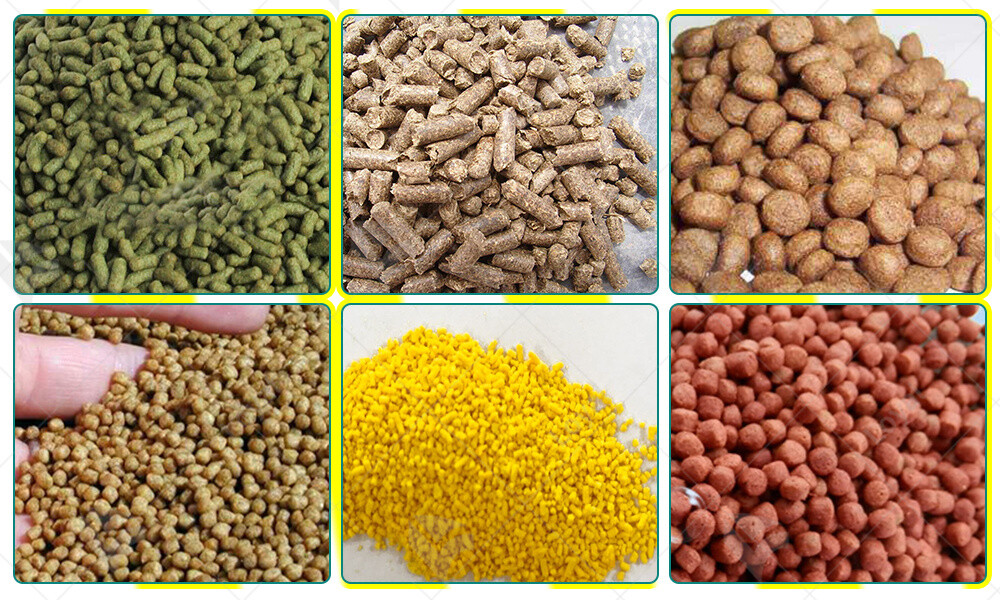
References
1. Food and Agriculture Organization of the United Nations (FAO): https://www.fao.org/home/en/
2. American Society of Agricultural and Biological Engineers (ASABE): https://www.asabe.org/
3. The Aquaculture Engineering Society (AES): https://www.aesweb.org/
4. European Aquaculture Society (EAS): https://www.aquaeas.eu/
5. International Aquafeed Magazine:https://www.international-aquafeed.com/
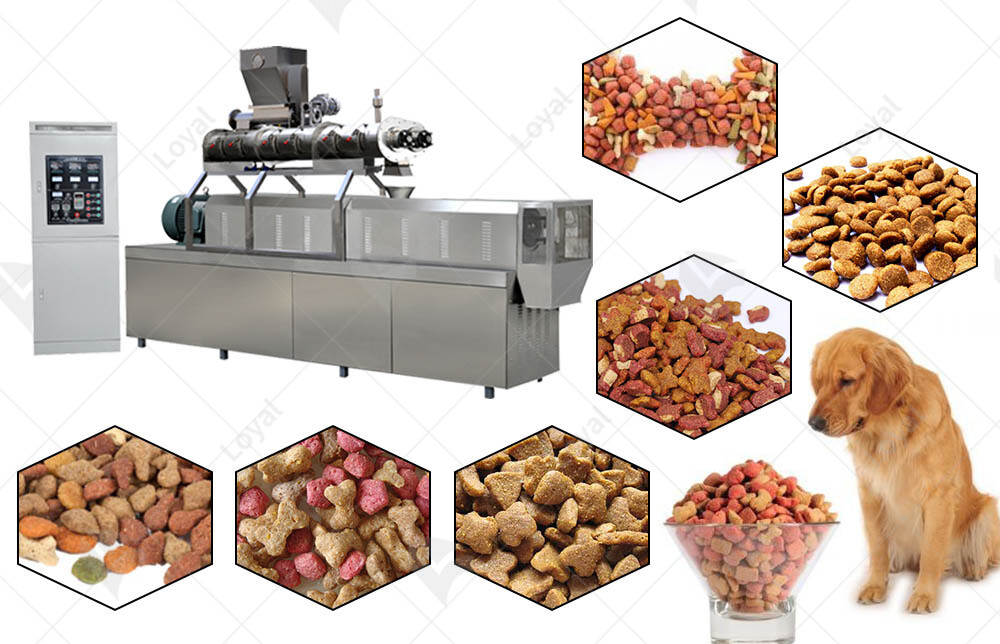
FAQs: Common Questions About Fish Feed Making Machines
1. What is a fish feed making machine?
A fish feed making machine is a piece of equipment used in the aquaculture industry to produce feed pellets for various aquatic species.
2. How does a fish feed making machine work?
Fish feed making machines typically operate by grinding, mixing, and extruding raw ingredients into pellet form.
3. What types of fish feed making machines are available?
There are several types of fish feed making machines available, including extruders, pellet mills, and specialized machines for mixing, grinding, or coating.
4. What factors should be considered when choosing a fish feed making machine?
When selecting a fish feed making machine, factors such as production capacity, quality and durability, customization options, and after-sales support should be considered.








